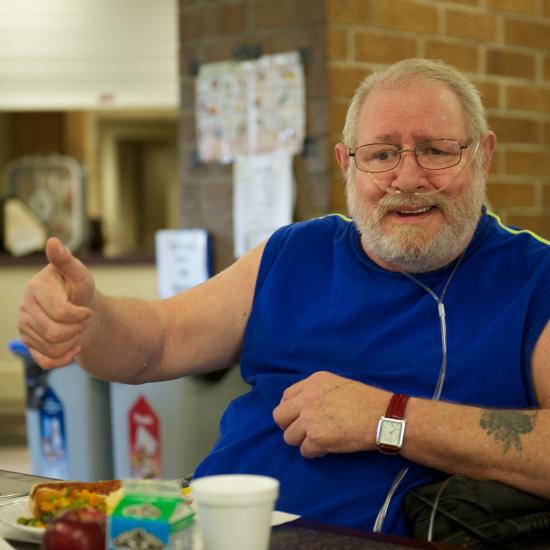How Can We Help People with Disabilities Live Fully in the Community
Minnesota’s plan to help people with disabilities live more fully in the community has been in the news lately.
The plan, called an Olmstead plan, includes key activities that Minnesota must accomplish to ensure that people with disabilities are able to live and work in settings that are appropriate to their needs and are as integrated as possible into the community. In May, a federal judge rejected the latest version of the Olmstead plan, asking for revisions that include specific goals and timelines for implementation.
Olmstead plans stem from a 1999 Supreme Court ruling, Olmstead v. L.C. , which requires states to provide community-based services to people with disabilities when the services are appropriate, the recipients are not opposed to them and they can be reasonably accommodated.
What does it mean for a person with a disability to be fully integrated into the community? In our view, two assisted living programs run by Wilder offer a look at how people with disabilities can receive the services they need while living independently.
Services in Their Own Homes
We operate assisted living programs within two Saint Paul public housing facilities: Ravoux Hi-Rise and Hamline Hi-Rise. Instead of living in a separate assisted-living facility, participants in the program live in their own private apartment just like other residents of the apartment buildings.
The Wilder Ravoux Assisted Living Program serves a high percentage of low-income adults who need assistance managing mental illness or physical disabilities. Our Ravoux program serves 62 adults ranging in age from age 27 to age 85.
For 15 participants, Ravoux is the first time they have been able to live independently in the community. The two newest program participants are both young men in their late 20’s who are experiencing their first independent living setting. They already are creating new connections and greatly enjoying their more independent lifestyle.
Most of the program participants came to Ravoux from group home or health care center settings, and identify the luxury of not having to share a kitchen or bathroom as one of the best parts of this living situation.
Freedom and Friendship
In a 2013 survey of Ravoux participants, 39 percent of respondents said they have a lot more social contact at Ravoux than in their previous living situation, and 11 percent said they had a little more. A majority of those surveyed said they were very satisfied or satisfied with their opportunities to be with other people. Overall, the survey showed that residents held positive views of staff, feel comfortable and secure, and are very willing to recommend the program to other people.Residents use readily available metro transportation to access community resources, and enjoy a private living space while receiving the daily supports they need to maintain their housing and health. They can develop new friendships within the extremely diverse Hi-Rise population.
“I am making friends with people,” one resident of Ravoux wrote in feedback for the survey. “I am happier. I guess it shows.”
“Assisted living is one of the best programs I have seen because it keeps you out of the nursing home,” wrote another. “It gives you your pride and dignity.”
There are a handful of similar programs in the Twin Cities. Through these assisted living programs, people with disabilities can live in and with the broader community while receiving services – one of the basic principles behind Olmstead v. L.C. and the Olmstead Act.
Jocelyn Schowalter is director of Aging Services at Wilder, which includes Wilder’s Ravoux and Hamline assisted living programs. She has worked with assisted living and aging services for nearly 40 years.
